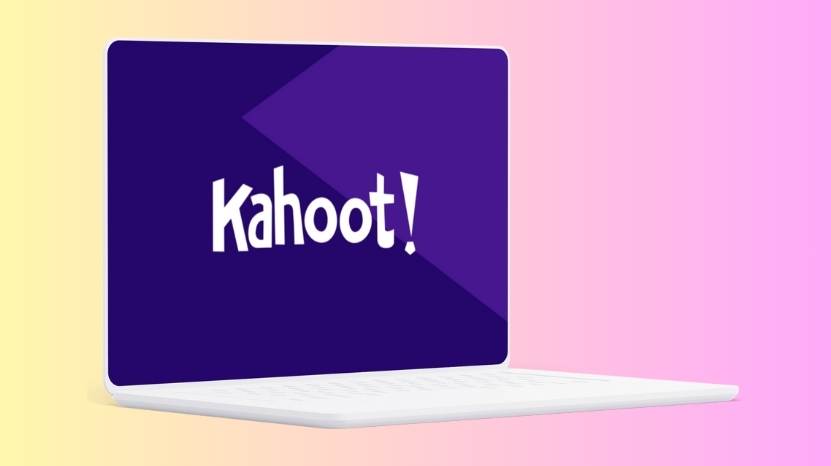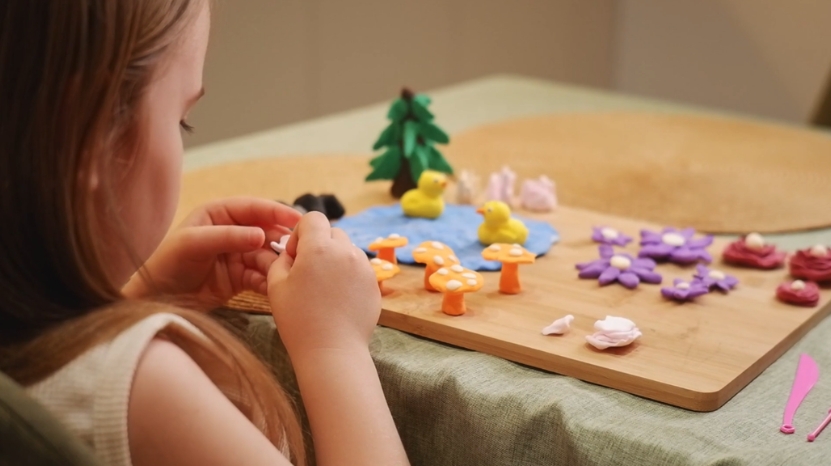
Share Post:
Kahoot! has become one of the most effective tools for educators, trainers, and teams to create engaging, interactive quizzes that promote active learning and participation.
Unlike traditional quizzes that often feel dry and disconnected, Kahoot! transforms assessments into an interactive game-like experience, improving attention, retention, and learner motivation while providing instant feedback.
Whether you are a teacher looking to make lessons engaging, a business trainer aiming to assess staff understanding, or a team leader seeking to improve participation in workshops, Kahoot! offers a structured, accessible solution.
Table of Contents
ToggleWhy Choose Kahoot! for Interactive Quizzes
Interactive learning boosts retention and engagement. Studies show that game-based learning can increase student motivation by up to 89 percent and improve knowledge retention by 60 percent compared to traditional methods.
Kahoot! supports these outcomes by combining clear assessment tools with game mechanics, including live leaderboards and instant feedback.
Key reasons to use Kahoot! for quizzes:
- Easy to use on mobile devices, tablets, and computers.
- Instant feedback helps learners identify knowledge gaps.
- Game-based elements maintain interest throughout the session.
- Data reports provide actionable insights for educators and trainers.
Step 1: Set Up Your Kahoot! Account
To start, go to kahoot.com and sign up using your email, Google, or Microsoft account. Kahoot! offers both free and paid plans. The free version allows you to create quizzes with basic features, which is often sufficient for small classes, workshops, or team meetings.
Paid plans offer advanced features like detailed reports, advanced question types, and branding options, useful for larger organizations and advanced trainers.
Once you complete registration, you will access your Kahoot! dashboard where you can create, edit, organize, and analyze your quizzes.
Step 2: Plan Your Quiz Before Creation

Successful quizzes begin with clear planning. Ask yourself:
- What is the objective of this quiz? Is it for review, assessment, or introducing a topic?
- Who is your audience, and what is their knowledge level?
- How many questions will keep them engaged while covering your topic adequately?
For most settings, 8–15 questions balance depth and engagement. Decide on the types of questions you will include, such as multiple-choice, true/false, polls, or slides for explanation.
Draft your questions and correct answers on a separate document to streamline input when building your quiz in Kahoot!.
Step 3: Create Your Kahoot! Quiz
On your Kahoot! dashboard, click the “Create” button to start a new quiz. You will see the option to choose the quiz type, including:
- Quiz: Standard multiple-choice quiz with scoring.
- Poll: To collect participant opinions without scoring.
- Slide: For delivering content between questions.
- Puzzle: Arrange answers in the correct order for advanced challenges.
Add a clear quiz title and an optional description to help organize your content. You can upload a cover image relevant to your topic to set the quiz’s tone and visual context.
Step 4: Build Your Questions

Add each question clearly and concisely. Kahoot! supports:
- Up to 120 characters for questions.
- Four answer choices, with one or more correct answers if you use advanced settings.
- Images or videos for visual context, which can enhance understanding and engagement.
You can set a time limit for each question, typically between 10 and 120 seconds, depending on complexity. For example:
- Factual recall questions: 15–20 seconds.
- Calculation or analysis questions: 45–60 seconds.
Example
Question: What is the capital of Texas?
Answers:
- Houston
- Austin (Correct)
- Dallas
- San Antonio
Visuals can improve recall. For example, for a geography quiz, adding a map image can help learners connect questions with context.
Step 5: Use Kahoot! Features to Improve Engagement
Kahoot! offers features to keep your audience engaged throughout the quiz:
- Points and Leaderboards: Rewards accuracy and speed, encouraging participation.
- Music and Sounds: Kahoot!’s background music creates a positive, energetic atmosphere.
- Answer Streak Bonuses: Rewards participants with consistent correct answers.
- Randomization: Shuffle questions or answer choices to keep repeat quizzes challenging.
- Reports: Track performance for individual participants and questions.
Use these strategically to align with your learning environment while maintaining focus on the quiz’s educational goals.
Step 6: Test Your Quiz
Before using your quiz in a live session:
- Preview each question to ensure it displays correctly.
- Check spelling, answer accuracy, and timer settings.
- Test on a mobile device or a different computer to ensure compatibility and readability.
- If possible, have a colleague or friend test your quiz to catch any issues.
Testing helps ensure your quiz runs smoothly, avoiding technical disruptions during live sessions.
Step 7: Launch Your Quiz with Participants

When ready, click “Play” and choose between:
- Teach: For live hosting, displaying the quiz on a shared screen.
- Assign: For self-paced challenges with a set deadline.
For live hosting:
- Share your screen or projector for in-person sessions.
- Direct participants to kahoot.it or the Kahoot! app to enter the game PIN.
- Once all participants join, start the quiz and read out questions if needed.
- Kahoot! will display a leaderboard after each question, keeping energy high.
For self-paced challenges:
- Share the quiz link with your learners via email, LMS, or messaging platform.
- Set clear completion deadlines.
- Monitor participation through your dashboard.
Step 8: Analyze Results After the Quiz
After participants complete your quiz, Kahoot! generates a report showing:
- Individual scores and rankings.
- Question-level analysis indicating which questions were frequently missed.
- Participation metrics, including who completed the quiz and when.
Use these insights to adjust your teaching or training approach. If many participants missed a particular question, consider reviewing that topic in your next session or adjusting the question for clarity.
Tips for Building Effective Kahoot! Quizzes

- Keep questions clear and avoid unnecessary complexity.
- Mix question types to maintain variety and attention.
- Use visuals to enhance understanding.
- Test your quiz to ensure technical and content accuracy.
- Limit quiz length to maintain focus and engagement.
- Use reports to identify learning gaps for future improvement.
Benefits of Using Kahoot!
Using Kahoot! for quizzes offers several practical advantages:
- Encourages active learning and participation.
- Provides immediate feedback for learners and instructors.
- Makes review sessions dynamic and engaging.
- Allows instructors to assess learning progress quickly.
- Collects useful data for refining teaching strategies.
Practical Examples of Kahoot! Use Cases
- In Education: Teachers can use Kahoot! for end-of-unit reviews, warm-up activities, or formative assessments.
- In Corporate Training: Trainers can assess knowledge retention after training modules or use Kahoot! to reinforce key learning points during sessions.
- In Team Building: Kahoot! quizzes can energize meetings by testing product knowledge or company history while fostering team engagement.
- In Workshops and Events: Use Kahoot! to interact with attendees and collect feedback in a way that maintains participation.
Conclusion
@twinkl_northern_ireland How to set up a kahoot quiz #kahoot #school #websitesforteacher #teacherwebsites #afl ##classroomdecor #classroomstyle #teachertip #teachingtip ##lessonplan #canva #CapCut #coronation #kingcharles #katyperry #classroominspo #fyp #foryou #foryoupage #fypシ #fy #foryourpage #lifehack #parentinghack #education #teacherhack #canvahack #websitehack #howto ♬ original sound – Twinkl NI | Teacher tips
Creating interactive quizzes with Kahoot! is a practical way to enhance learning, track progress, and increase participation in classrooms, training rooms, and workshops.
By planning your quiz carefully, using Kahoot!’s interactive features, testing thoroughly, and analyzing results, you can build quizzes that are both engaging and effective.
Start creating your first Kahoot! quiz today to experience how this tool can transform your learning environment into an interactive, data-driven, and enjoyable experience for everyone involved.
Related Posts:









